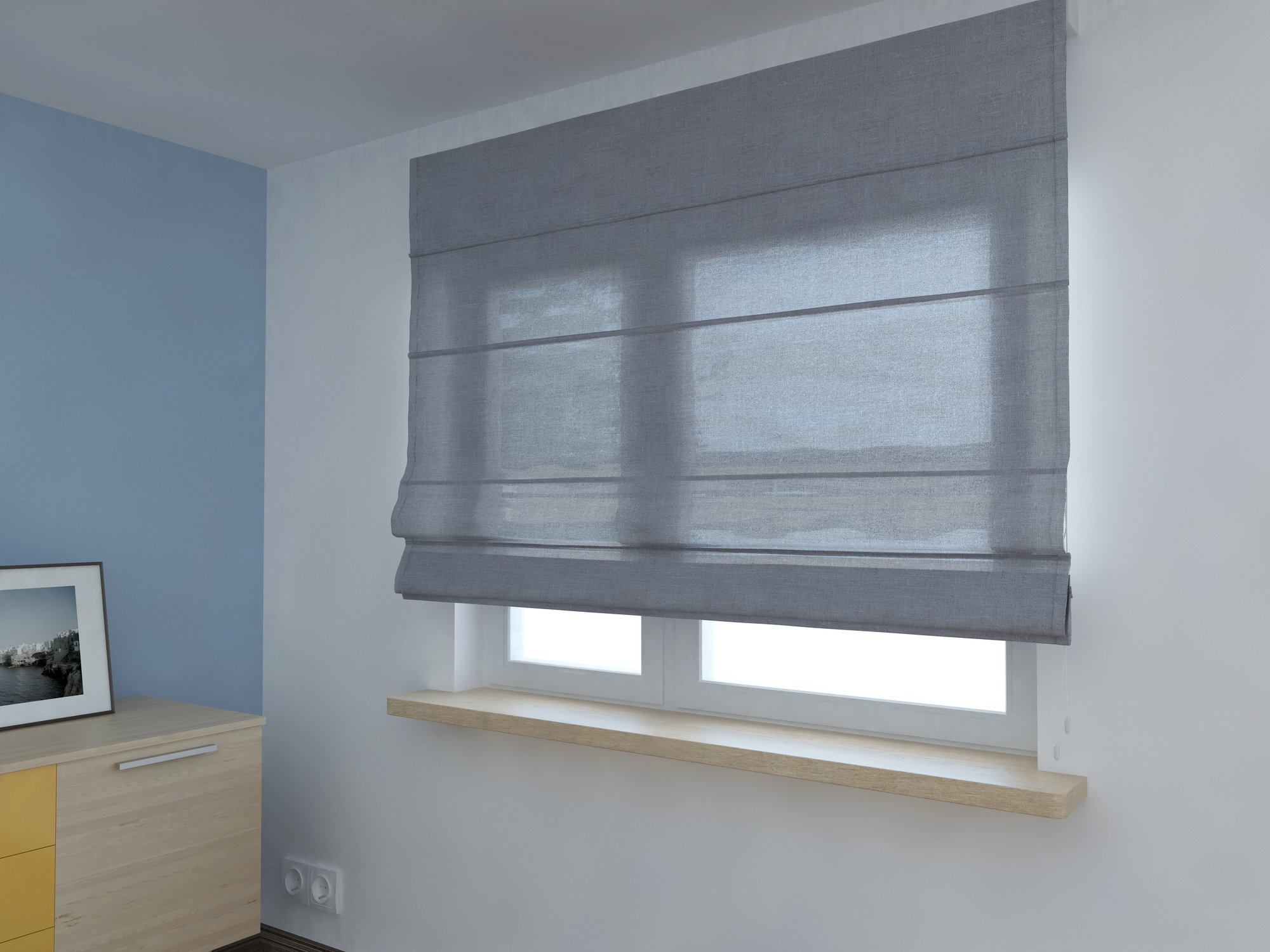Access doors are invaluable home improvements, offering enhanced functionality, security, and efficiency. Strategically installed, these components simplify access to concealed spaces in residential and commercial buildings.
In homes, interior access doors seamlessly blend into decor while discretely granting access to attics, crawlspaces, and utility closets. On the other hand, exterior access doors allow access to garages, basements, and more from outside.
Benefits of Access Doors
Access doors offer benefits that greatly enhance a home’s functionality and safety. Let’s explore these advantages in more detail:
Easy Entry and Exit: Access doors provide convenient access to spaces that are typically inaccessible or hidden away. Whether it’s your attic, basement, or crawl space, these doors make it effortless to get to these areas without the hassle of navigating tight or obstructed spaces.
Enhanced Security and Privacy: When you use access panels like the BA-MSD medium security access panel, you can restrict access to basements or utility rooms. These discreet doors also increase privacy by concealing parts of the home you wish to keep hidden from view.
Efficient Use of Space: Access doors maximize usable area in homes and workplaces. Rather than cluttering living or work zones, storage and equipment can be stowed out of sight behind access panels.
Quick Maintenance and Repairs: Access doors enable swift access to wiring, piping, and systems in residential, commercial, and industrial settings, expediting inspections, maintenance, and repairs. This conveniently minimizes downtime and cost for homeowners and business owners alike.
Energy Efficiency: Properly insulated and weatherproofed access doors conserve energy in all building types. Preventing airflow inefficiency, they help regulate interior climates and reduce heating/cooling expenses.
Preservation of Building Integrity: Thoughtfully designed access doors blend into any structure. Discreetly fitting into architecture, they maintain aesthetic appeal in homes while remaining subtly concealed in commercial buildings.
Installing Access Doors
Installing an access door is generally straightforward with the right tools and skills. Here is an overview of key steps:
Materials You’ll Need:
Access door
Measuring tape
Pencil
Screwdriver or drill
Screws
Level
Safety gear (gloves, goggles)
Insulation (if needed)
Weatherstripping (if needed)
Step 1: Choose the Location
Decide where you want to install the access door. Common locations include attics, crawl spaces, or utility rooms. Ensure the area is easily accessible and safe to work in.
Step 2: Measure and Mark
Measure the dimensions of the access door and mark the area on the wall or ceiling where it will be installed. Ensure the measurements are accurate to avoid any gaps or misalignment.
Step 3: Cut an Opening
Use a saw or utility knife to cut along the marked lines carefully. Take your time and make precise cuts to create a clean opening. Be sure to wear safety gear during this step.
Step 4: Attach the Frame
Position the frame of the access door into the opening. Ensure it fits snugly and aligns with the surrounding surface. Use a level to check that it’s perfectly horizontal or vertical.
Step 5: Secure the Frame
Secure the frame to the surrounding wall or ceiling using screws. Make sure it’s firmly attached and doesn’t wobble. Be cautious not to overtighten the screws, which could damage the frame.
Step 6: Install the Access Door
Place the access door into the frame and ensure it fits properly. Some doors have hinges, while others may have removable panels. Attach the door to the frame following the manufacturer’s instructions.
Step 7: Add Insulation (If Needed)
If the access door leads to an area with extreme temperatures, such as an attic, consider adding insulation around the frame. This helps maintain energy efficiency.
Step 8: Apply Weatherstripping (If Needed)
To prevent drafts or air leakage, apply weatherstripping around the edges of the access door. This is especially important if the access door leads to an exterior space.
Step 9: Test the Door
Open and close the access door several times to ensure it operates smoothly. If there are any cracks, you can make any necessary adjustments.
Step 10: Finish the Installation
If your access door is visible and part of your interior design, you can paint or finish it to match the surrounding area. This is optional, but it can enhance the aesthetics.
Maintaining Access Doors
Once you’ve installed an access door, regular maintenance is vital to ensure it functions correctly and serves its purpose effectively. Here’s a detailed guide on maintaining an access door:
Check for Wear and Tear:
Periodically inspect the access door for any signs of wear and tear. Pay close attention to hinges, locks, or latches, as these components can wear out over time. Replace any damaged parts promptly.
Lubrication and Upkeep of Locking Mechanisms:
If the access door has locks or hinges, apply lubrication to these moving parts regularly. Lubricants like silicone spray or graphite lubricant can keep them operating smoothly. Clean the locking mechanisms to remove dirt and debris that may cause sticking or difficulty in locking and unlocking.
Inspect Seals and Insulation:
For access doors leading to areas with extreme temperatures or outdoor spaces, check the insulation and weatherstripping. Ensure the insulation is intact and not showing signs of wear or compression. Replace insulation if it has deteriorated. Also, inspect the weatherstripping around the edges of the door to ensure it seals tightly. Afterwards, replace weatherstripping if it’s damaged or no longer provides a secure seal.
Test the Door:
Open and close the access door regularly to test its operation. Ensure that it opens and closes well without any sticking or resistance. Check for any gaps or misalignment when the door is closed. If you notice any issues, adjust the frame or door to correct them.
Paint or Finish Touch-Ups (Optional):
If your access door is visible within your home and is part of your interior design, consider periodic touch-ups or repainting to maintain its appearance. Properly finishing the door keeps it looking good and protects it from corrosion or damage.
Secure Fastenings:
Occasionally, inspect the screws or fastenings that hold the frame and door in place. Tighten any loose screws to ensure the access door remains stable and secure.
Maintain Safety Measures:
If your access door leads to an area with electrical components, gas lines, or other potential hazards, ensure that safety measures, such as locking mechanisms or warning signs, are in place.
In Conclusion
Access doors may seem like a small detail, but they offer big benefits for any home or building. Their advantages go unseen by outsiders, but their benefits are invaluable to those in the know. Installed strategically, access doors provide safety, efficiency, and convenience to those behind the scenes. For smart, unobtrusive betterment, access doors are a wise investment.



